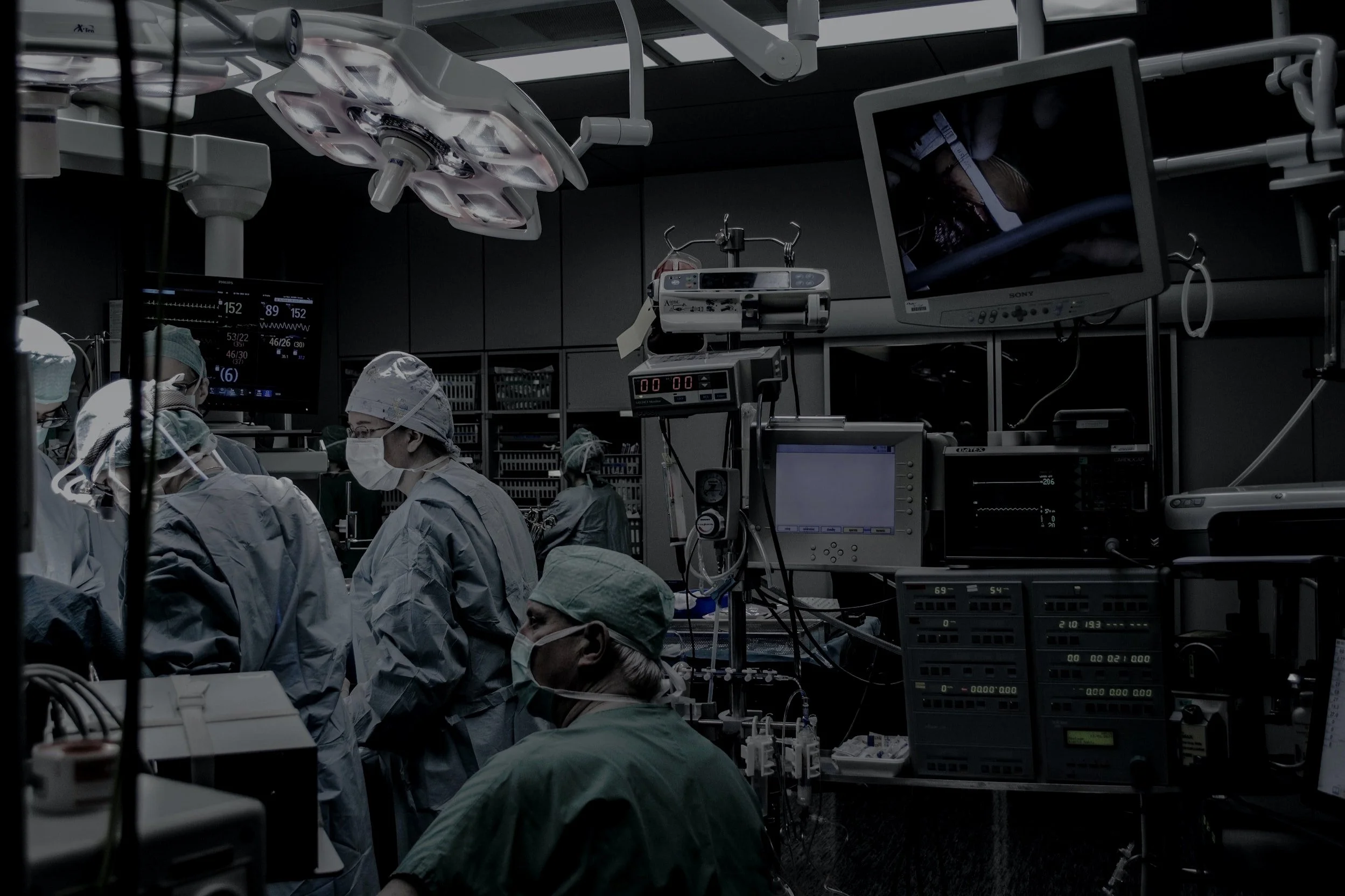
EXPLORATIVE PROJECT IN BIOTECHNOLOGY (M.S.)
Interventional and Regenerative Medicines: The Present and Future of Treating and Healing Chronic Musculoskeletal Pain
ABSTRACT
-
The data presented in this report provides evidence that regenerative medicine, particularly PRP and stem cell procedures, are effective treatments for musculoskeletal pain. The success rates reported by Regenexx are impressive, with an overall long-term improvement reported to be between 50% and 78% for all major areas treated with Regenexx. However, the lack of insurance coverage for regenerative medicine procedures means that they are only available to those who can afford the considerable upfront costs. This is a significant drawback to the widespread adoption of regenerative medicine procedures, particularly when compared to interventional medicine, which is largely covered by insurance.
As research into regenerative medicine continues, it is likely that the field will continue to make strides in treating musculoskeletal pain, as well as expanding its application to other areas of medicine. PRP is already being used in the cosmetic world for skin improvement and hair regrowth, while research is being done to explore the potential of stem cells in treating conditions such as autism, cerebral palsy, heart failure, MS, and autoimmune diseases. If these research efforts prove successful, the positive impacts of regenerative medicine could potentially extend to even more people in the future.

HIGHLIGHTS
The Importance of Variety in Chronic Pain Management
The pathophysiology of chronic musculoskeletal pain can be very diverse. This requires various versatile treatment options so that a wide array of patients and conditions can realistically achieve relief.
Interventional medicine treatments are plenty, often repeatable, and may offer temporary relief to individuals experiencing chronic pain. This may help to delay / avoid invasive surgery, as well as reduce the need for opioid-based pain management.
Regenerative medicine may offer even more appealing treatment options to individuals hoping to entirely avoid invasive surgery, opioids, and long-term interventional treatment.
Leading Regenerative Medicine Treatments
Platelet Rich Plasma (PRP) Injections utilize blood samples from patients to derive a serum rich in platelets. This concentrate can then be injected into various tissues to promote healing of damaged tissue.
Stem Cell Procedures utilize bone marrow aspirate samples from patients to isolate their stem cells. These may then be injected and promote regeneration of damaged tissue, halting pain at the source.
Current Success and Future Applications of Regenerative Medicine
Regenexx PRP Injections and Stem Cell Procedures suggest significant success in the treatment of various musculoskeletal conditions that previously had limited realistic treatment options available or required continued care using interventional medicine.
PRP for the Integumentary System (Skin and Hair) is already on its way to becoming the next big cosmetic treatment, as well!

SUMMARY OF FINDINGS
The findings show that Regenexx treatments, proprietary and enhanced forms of standard regenerative medicine procedures, have an overall long-term success rate of 50% to 78% for musculoskeletal pain treatment. The knee shows the most success in the short-term compared to other body parts. The shoulder shows the most success in the long-term compared to other body parts, reaching 78% on average. Most other regions of the body report between 50% and 60% improvement, which is impressive considering that almost the entire Regenexx population is being surveyed. These metrics demonstrate that regenerative medicine, specifically the combined use of platelet-rich plasma (PRP) and stem cells, can effectively treat pain in various regions of the body.
Regenexx Success (%) - KNEE
Regenexx Success (%) - SHOULDER
Regenexx Success (%) - SPINE
Regenexx Success (%) - HIP/SI JOINT
Regenexx Success (%) - HAND/WRIST
Regenexx Success (%) - ANKLE/FOOT



